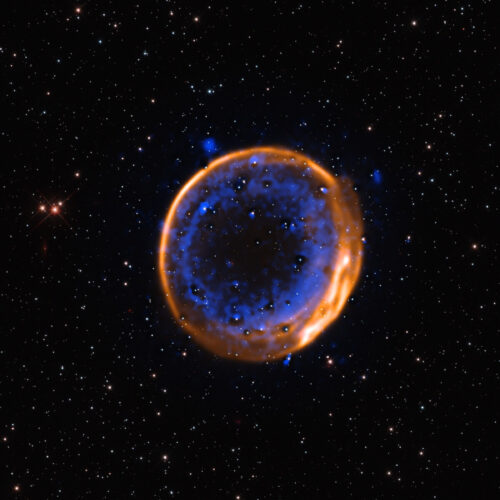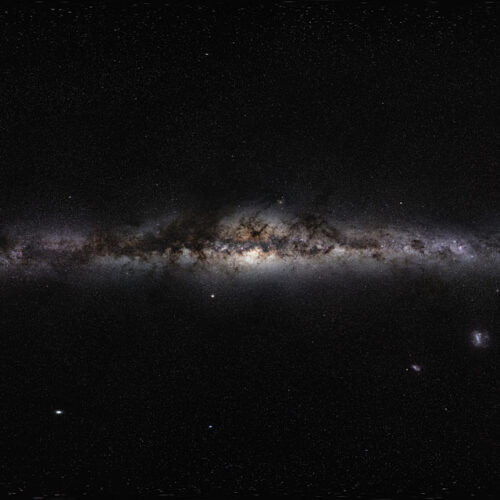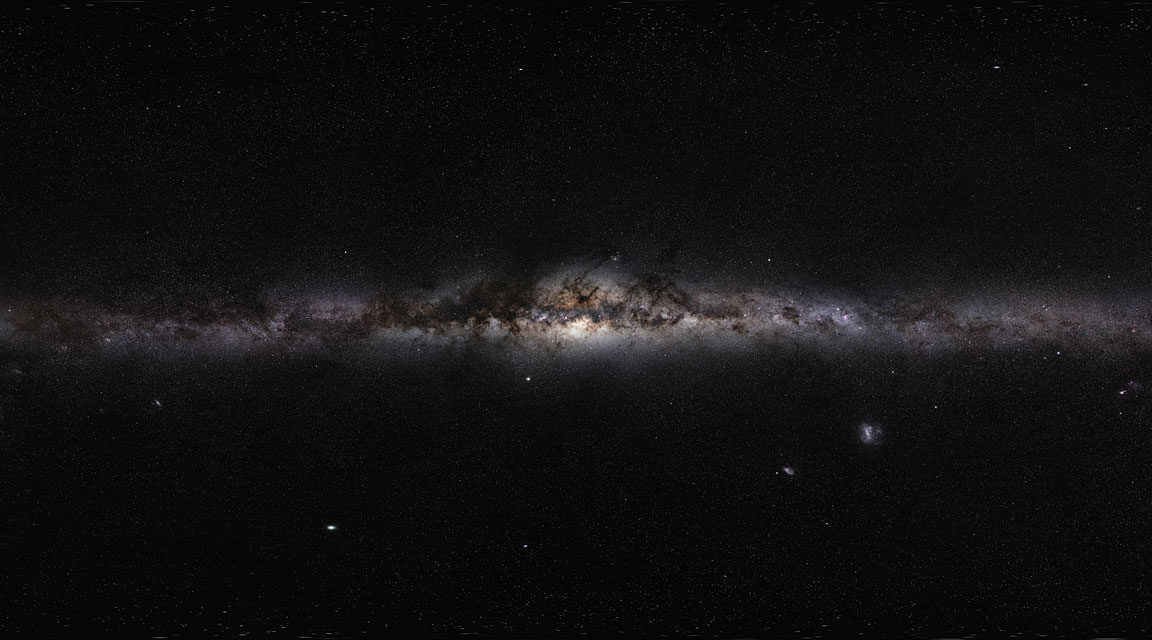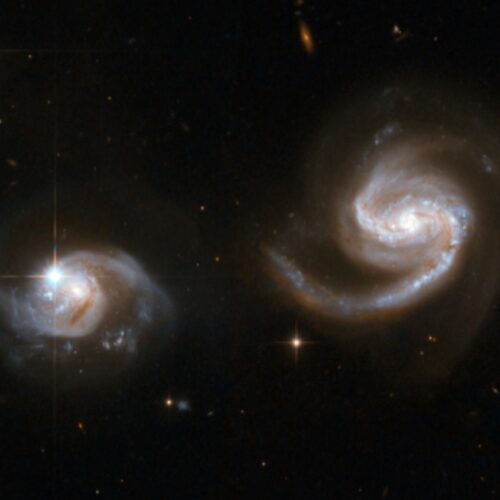Merger of two massive black holes is one for the record books
Physicists with the LIGO/Virgo/KAGRA collaboration have detected the gravitational wave signal (dubbed GW231123) of the most massive merger between two black holes yet observed, resulting in a new black hole that is 225 times more massive than our Sun. The results were presented at the Edoardo Amaldi Conference on Gravitational Waves in Glasgow, Scotland.
The LIGO/Virgo/KAGRA collaboration searches the universe for gravitational waves produced by the mergers of black holes and neutron stars. LIGO detects gravitational waves via laser interferometry, using high-powered lasers to measure tiny changes in the distance between two objects positioned kilometers apart. LIGO has detectors in Hanford, Washington, and in Livingston, Louisiana. A third detector in Italy, Advanced Virgo, came online in 2016. In Japan, KAGRA is the first gravitational-wave detector in Asia and the first to be built underground. Construction began on LIGO-India in 2021, and physicists expect it will turn on sometime after 2025.
To date, the collaboration has detected dozens of merger events since its first Nobel Prize-winning discovery. Early detected mergers involved either two black holes or two neutron stars. In 2021, LIGO/Virgo/KAGRA confirmed the detection of two separate "mixed" mergers between black holes and neutron stars.
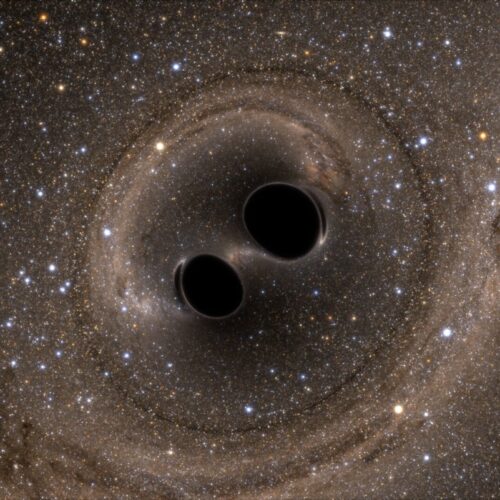
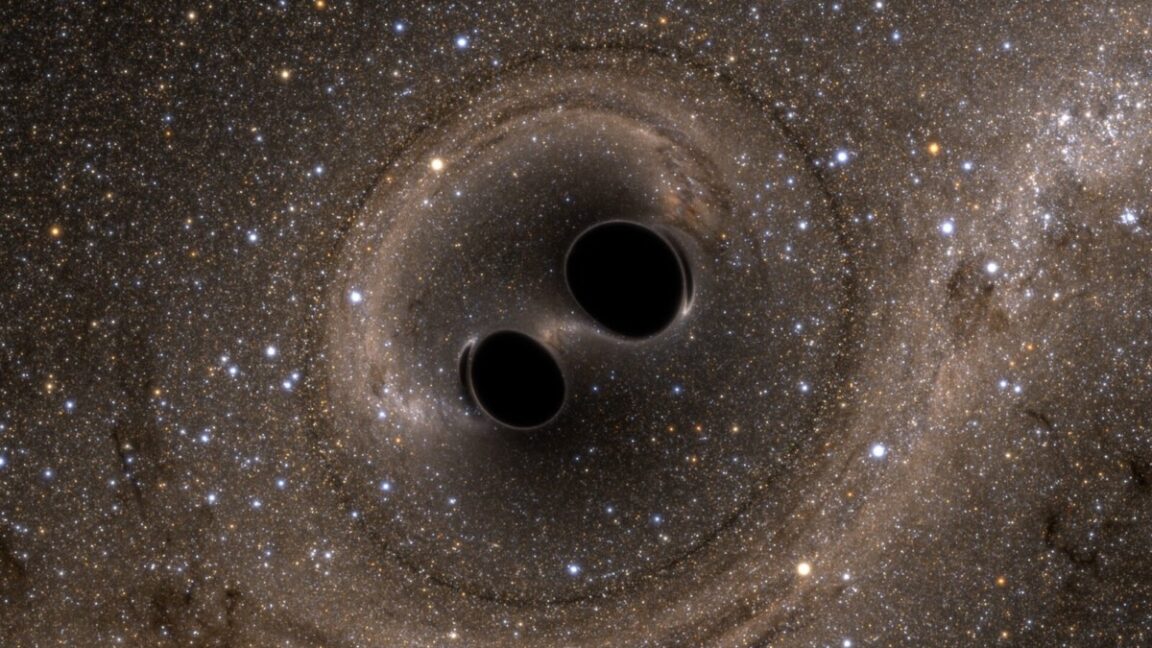
© Caltech-LIGO


